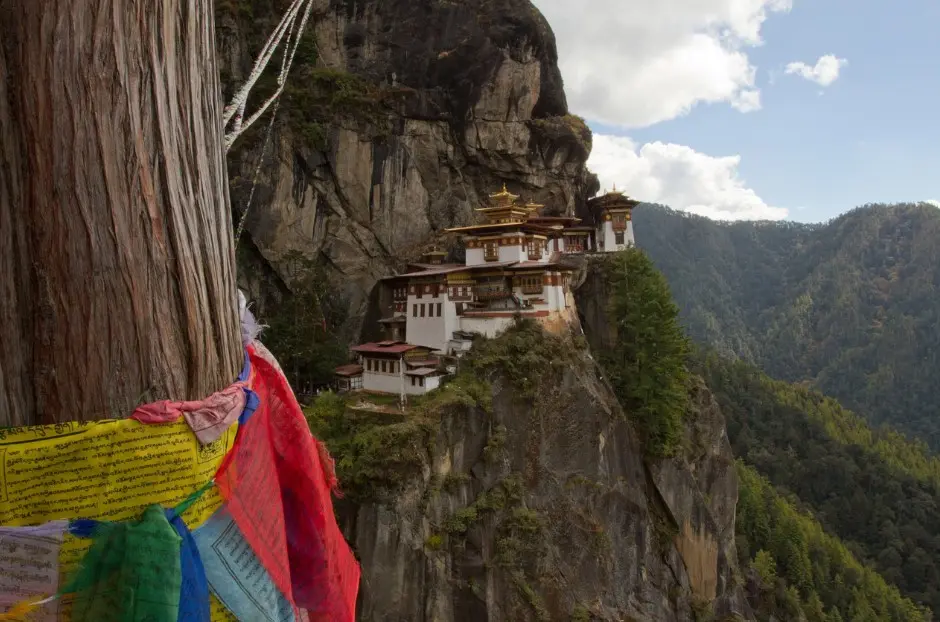The way we travel is always shifting. As the world continues to open up—and our priorities evolve—new travel trends are reshaping how we explore. Some reflect our desire to slow down, others speak to our curiosity or craving for deeper experiences. If you’re thinking about where (and how) to go next, these are the trends worth watching.
Slow travel is becoming a movement
More and more travelers are trading jam-packed itineraries for slower, more meaningful experiences. Instead of checking boxes, people are choosing to stay longer in one place, immerse themselves in the culture, and prioritize presence over pace.
This might look like spending two weeks in a Tuscan village instead of city-hopping across Europe—or booking a scenic rail journey through the Canadian Rockies. It’s about going deeper, not wider. And travelers are finding that less movement often leads to more memorable moments.
Sustainable choices are going mainstream
Sustainability isn’t just for eco-travelers anymore—it’s becoming a standard part of planning. People are choosing destinations that value conservation, staying in eco-conscious accommodations, and seeking out experiences that give back to local communities.
Carbon offsetting, reducing plastic use, and supporting low-impact transportation (like biking or trains) are all gaining traction. Even cruise lines are adapting—many Alaskan cruises now emphasize environmental stewardship, offering excursions that support wildlife conservation and highlighting indigenous voices in the region.
Travelers are blending work and leisure
The rise of remote work has opened the door for longer, more flexible trips. Enter the “workcation”—where travelers set up a temporary office somewhere beautiful and balance meetings with exploration.
Destinations are responding with better Wi-Fi, co-working-friendly accommodations, and long-stay discounts. Whether it’s a beach town in Portugal, a cabin in the Rockies, or a lodge near Denali, people are looking for places where they can stay productive and inspired.
Solo travel is on the rise
More people are traveling alone—and not just the seasoned adventurers. First-time solo travelers are booking city stays, guided tours, and retreats designed for personal growth.
This trend is being supported by better safety resources, social travel apps, and more inclusive pricing (like single-occupancy rooms or solo cruise cabins). Alaskan cruises, for instance, have started offering more solo traveler packages—making it easier to explore glaciers, fjords, and frontier towns without needing a companion.
Off-the-beaten-path destinations are in demand
Crowded tourist hotspots are losing some of their appeal. Instead, travelers are opting for quieter, lesser-known places that offer just as much beauty with fewer people. Think Slovenia instead of Switzerland. The Faroe Islands instead of Iceland. Sitka instead of Seattle.
Part of this trend is fueled by social media fatigue—but it also reflects a growing desire for authenticity. People want places that feel real, not curated. They want stories they discovered for themselves, not scenes they saw on a screen.
Themed travel is getting more creative
Travelers are organizing trips around personal passions and niche interests. Think food-focused tours, wellness retreats, photography expeditions, or heritage-based itineraries that trace family roots. These themed experiences add an emotional layer to the trip and give travelers a clear sense of purpose.
Cruise lines are getting in on the action too. You can now find Alaskan cruises built around birdwatching, glacier trekking, or indigenous culture—all led by experts who make each day feel like a curated journey rather than a generic itinerary.
Tech is enhancing—not replacing—the human experience
From AI-generated itineraries to language translation apps and contactless check-ins, technology is making travel smoother. But the most effective tools aren’t those that replace people—they’re the ones that help us connect better.
Digital walking tours, real-time transit updates, and AR-enhanced museum experiences are adding context without taking away from the moment. And in places where cell service can be spotty, many travelers are choosing low-tech moments on purpose—journaling, stargazing, or simply sitting in silence.
Travel is getting more personal—and more intentional
The biggest shift in travel isn’t about where we’re going—it’s about why and how we go. We’re moving away from travel that’s performative or rushed and leaning into trips that feel personal, thoughtful, and emotionally rich. Whether you’re working remotely from a coastal cottage, discovering small towns by train, or watching glaciers drift by, the trend is toward connection—real, grounded, and memorable.
Let this year’s trends be more than passing ideas. Let them be invitations to travel in a way that reflects who you are and what you value. Because when travel is meaningful, it stays with you long after the bags are unpacked.
Also Read-Cheat Slot Strategies: Myths vs. Reality in Online Slot Gaming
